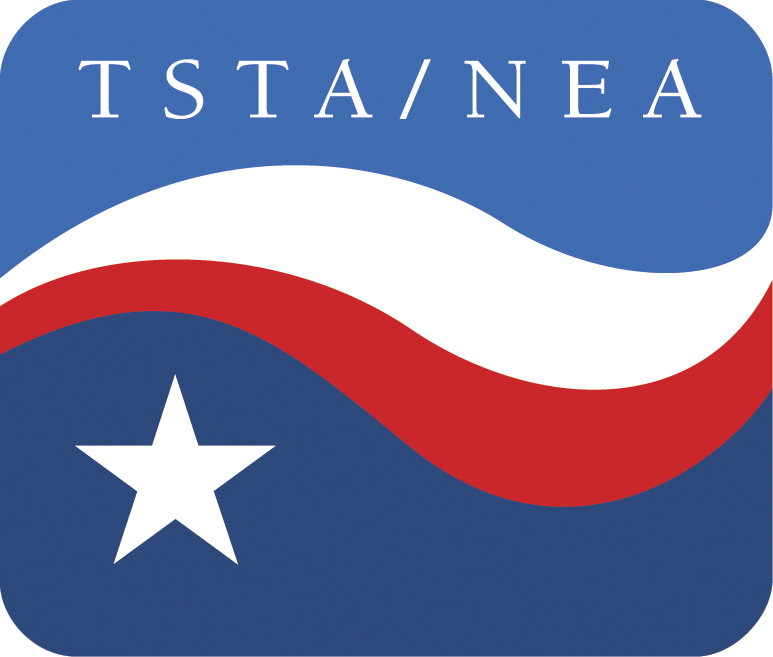Teacher Incentive Allotment: Is this another unfair compensation system?
The Teacher Incentive Allotment (TIA) program passed in HB3 last legislative session is up and running at the Texas Education Agency. Districts in Cohort A are districts that have already captured teacher effectiveness data from the 2018-19 school year. There are only a few of these, including Dallas ISD, which already have so-called merit pay systems in place. The methods for capturing data sanctioned by TEA must include observation techniques and student growth measures. Examples of student growth measures acceptable will be the controversial value-added models (based on STAAR scores), student learning objectives (SLO), student portfolios or pre- and post-tests administered to students. Additional data a district may use include student and parent surveys, mentoring and teacher leadership positions. However, TEA will scrutinize systems to ensure observation and student growth measures are weighted more heavily than the other factors. This enables the commissioner wide latitude to pick and choose qualifying systems.
As districts submit their systems for approval to receive Teacher Incentive Allotment funds, TEA will be doing the qualitative check, and Texas Tech University will be reviewing the systems quantitatively. The deadline for submission to Texas Tech for Cohort A districts is May 1, and then TEA will make a final decision. It is anticipated Dallas ISD will be one of the districts in Cohort A to receive the TIA funds.
Cohort B districts are districts that are currently capturing data in the 2019-20 school year and may include districts just starting programs such as ACE, Best in Class, Project Rise, and Rural Consortium. Cohort C districts are just starting to plan and may start collecting data in the fall of 2020, and Cohort D districts are those interested in TIA. Future cohorts will be provided deadlines as the TIA program continues. All the cohort deadlines and other information on the TIA are listed here.
Each campus receiving TIA funds will generate different allotments based on economic disadvantaged students and if it is a rural district. For example, the range for recognized teachers will be from $3,000 to $9,000. At this time, TEA is not able to project how much money will flow through the TIA, which has no cap. Teachers who are Nationally Board Certified will automatically qualify as recognized, and those funds will go to the campuses where those teachers are assigned, with 90 percent of the funds being spent on teacher compensation. There is no guarantee that the funds received at a campus will go to the Nationally Board Certified teacher. The money may be spread out among teachers at the school. All approved systems receiving TIA funds could possibly be on a five-year review cycle with TEA.
Millions more from the state will allow Dallas ISD to give more teacher stipends at needy schools
